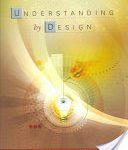Listed below are selected resources for teachers related to Understanding by Design, also known as Backwards Design or UbD.
by Grant Wiggins and Jay McTighe
Grades: K-12
A foundational text in the understanding by design/backwards design approach, the book explains the rationale of backward design and explores in greater depth the meaning of such key ideas as ‘essential questions’ and ‘transfer tasks’. Readers will learn why the familiar coverage- and activity-based approaches to curriculum design fall short, and how a focus on the six facets of understanding can enrich student learning.
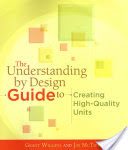 The understanding by design guide to creating high-quality units
The understanding by design guide to creating high-quality units
by Grant Wiggins and Jay McTighe (E-book available here)
Grades: K-12
This companion to Understanding by design offers instructional modules on the basic concepts and elements of the approach. The eight modules are organized feature components similar to what is typically provided in an understanding by design workshop, including discussion and explanation of key ideas in the module; guiding exercises, worksheets, and design tips; examples of unit designs; and review criteria with prompts for self-assessment.
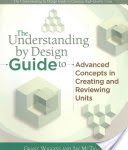 The understanding by design guide to advanced concepts in creating and reviewing units
The understanding by design guide to advanced concepts in creating and reviewing units
by Grant Wiggins and Jay McTighe
Grades: K-12
This companion to Understanding by design and The understanding by design guide to creating high-quality units offers instructional modules on how to refine units created using this approach and how to effectively review them using self-assessment and peer review. The modules include narrative discussion of key ideas in the module; exercises, worksheets, and design tips: examples of unit designs; and review criteria for self- and peer assessment.
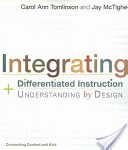 Integrating differentiated instruction and understanding by design: Connecting content and kids
Integrating differentiated instruction and understanding by design: Connecting content and kids
by Carol Ann Tomlinson and Jay McTighe
Grades: K-12
Understanding by Design is predominantly a curriculum design model that focuses on what teachers teach. Differentiated Instruction focuses on who, where, and how teachers teach. This book shows teachers how to use the principles of backward design and differentiation together to craft lesson plans that will teach essential knowledge and skills for the full spectrum of learners.
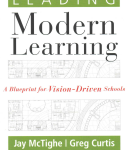 Leading modern learning: A blueprint for vision-driven schools
Leading modern learning: A blueprint for vision-driven schools
by Jay McTighe and Greg Curtis
Grades: K-12
Through this book, readers will understand backward design and how it aligns instruction with the principles of modern learning; learn about the history of curriculum mapping and explore each element of curriculum blueprints; examine the principles and goals of effective assessment and look at a framework for setting up assessments; review sample maps and rubrics for encouraging and interpreting modern learning; and explore ways to report data.
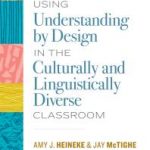 Using understanding by design in the culturally and linguistically diverse classroom
Using understanding by design in the culturally and linguistically diverse classroom
by Amy J. Heineke and Jay McTighe
Grades: K-12
Through the UbD framework, this book explores the fundamentals of language and language development; using students’ diversity as a resource for instruction; designing units and lessons that integrate language development with content learning in the form of essential knowledge and skills; and assessing in ways that enable language learners to reveal their academic knowledge.
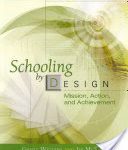 Schooling by design: Mission, action and achievement
Schooling by design: Mission, action and achievement
by Grant Wiggins and Jay McTighe
Grades: K-12
This book applies the principles of understanding by design in the classroom to the reform of schooling as a whole.
Finding More Resources
To find more resources in this area, try the following:
- Search using the General tab on the UBC Library website to look for material in all UBC Library branches.
- Search using “Search Education Resources” box in the left hand bar on the Education Library website to limit your results to physical materials in the Education Library.
- Use specific search terms to narrow your results, such as “curriculum planning” or “curriculum-based assessment”.
- To find lesson plans, include “lesson plans”, “lesson planning”, or “activity programs” in your search terms.
For more help with searching, please visit the Library Service Desk or e-mail ed.lib@ubc.ca.

